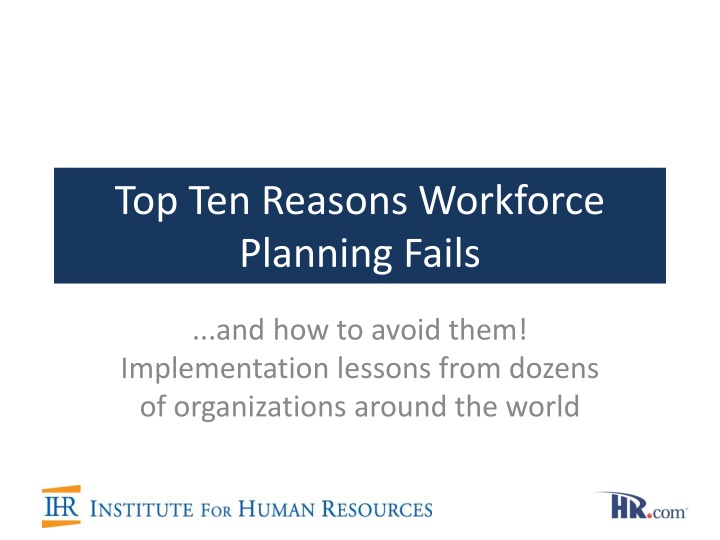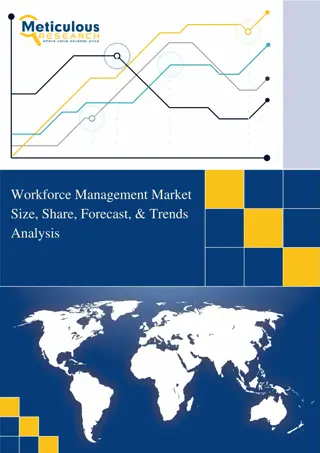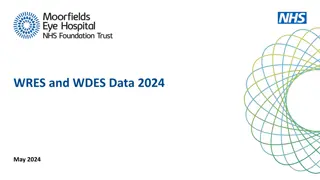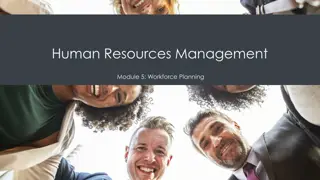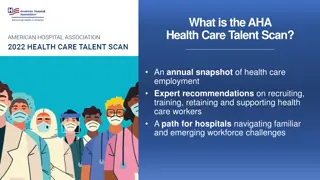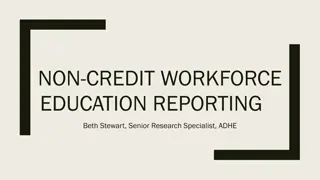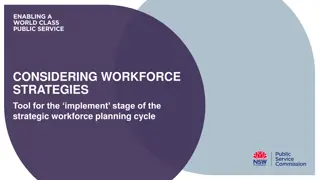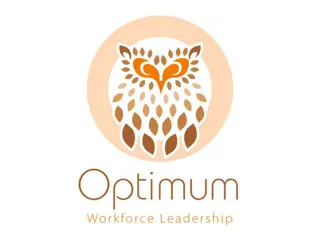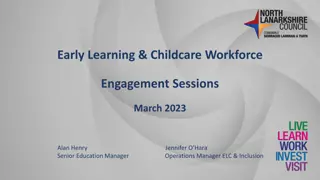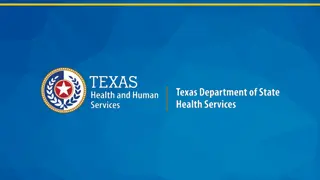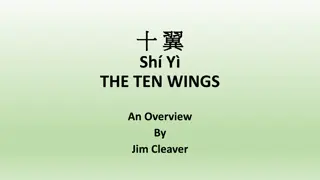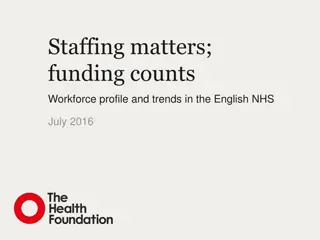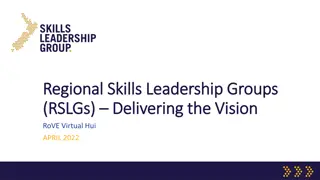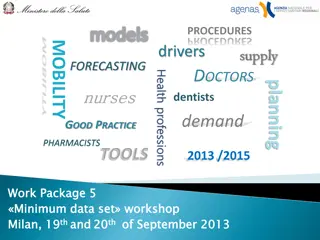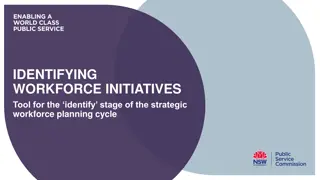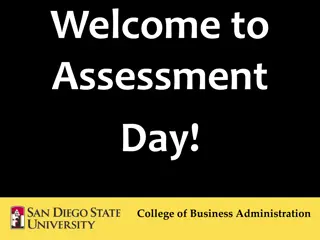Top Ten Reasons Workforce Planning Fails
Learn the top 10 reasons why workforce planning fails and discover effective solutions to avoid these pitfalls. Understand the importance of strategic workforce planning and how to align HR strategy with business objectives. Find recommendations for improving workforce planning success, such as focusing on external trends, simplifying mathematical models, and avoiding traditional change management approaches.
Download Presentation

Please find below an Image/Link to download the presentation.
The content on the website is provided AS IS for your information and personal use only. It may not be sold, licensed, or shared on other websites without obtaining consent from the author.If you encounter any issues during the download, it is possible that the publisher has removed the file from their server.
You are allowed to download the files provided on this website for personal or commercial use, subject to the condition that they are used lawfully. All files are the property of their respective owners.
The content on the website is provided AS IS for your information and personal use only. It may not be sold, licensed, or shared on other websites without obtaining consent from the author.
E N D
Presentation Transcript
Top Ten Reasons Workforce Planning Fails ...and how to avoid them! Implementation lessons from dozens of organizations around the world
What is Strategic Workforce Planning? The systematic development of HR strategy through analysis of the business strategy, the internal and external labor markets, and organizational culture and programs, resulting in targeted, measured recruiting and retention practices which define the most/least valuable HR programs and spend
So why does it fail? Top ten reasons, in descending order
#10: Inward Focus Symptoms: Prime focus on workforce analytics Ignores business data Workforce plans for the business, not with them Does not include external trends and issues Example Statement: We have 347 HR metrics we present to the business, that s our workforce plan
Recommendation: Look Out As Well Actions: Not just out of the organization, also out of HR Implement environment scanning in a cool way! Care about what the business cares about Goal: <50% of effort should be focused on analyzing the internal workforce or looking at HR best practices
#9: Wonkheads Symptoms: Complex mathematical models Black box calculations Rigorous enforcement of one way to do it Lots of decimal places WFP and HR don t work together on WFP Example Statement: What kind of regression analysis are you using?
Recommendation: Humanize Actions: Talk, and record the conversation (the data is NOT the most important part) Create a common language, jargon-free Make the models be as simple as possible Goal: Any model should be easily understood by an arts freshman, either instinctively or by the clear interpretation you provide
#8: Using Traditional Change Management Symptoms: Long, fixed project plans Process/methodology fixed before any rollout starts Heavy focus on documenting things Example Statement: We will do X in phase three of our project
Recommendation: Guerilla Change Mgt Actions: Pencil sketch the vision, lock in the short term Be opportunistic and adaptive Do not use the term workforce planning Sneak your way into their hearts Goal: Nobody realizes that what they are doing is workforce planning
#7: Poor Pilot Selection Symptoms: Early projects get poor or mediocre results Senior leaders don t notice you did anything Nobody is pounding on your door to be next Example Statement: We did the first pilot, but there weren t any actions from it. Now we ll do another one
Recommendation: Identify a LIGHTHOUSE Actions: Focus harder on who the players are than the subject Biz leader should be golden child or power pack HR Advisor needs to be your best Goal: Stakeholders are a dream team workforce is less important
#6: Doing the Strategic Work Last Symptoms: Workforce analytics is first, strategic later Participants think of strategic as harder Focus is on data, not conversation and action Futuring is phase ninety four Example Statement: When we have our data right, we ll be ready to do the strategic work
Recommendation: Focus on Parallel Streams Actions: Define the separate streams op/strat Different key stakeholders, parallel paths Interweave so that value is delivered regularly Use real futuring techniques Goal: Valuable outcome from one or more streams delivered at least every 90 days
#5: Lack of Business Engagement Symptoms: Business don t show any interest Senior leaders decline or delegate participation All the work and decisions are done by HR Example Statement: XYZ managers were too busy, so we developed the workforce plan for them
Recommendation: Make this the #1 Focus/Priority Actions: Remember if you do not do this well, everything else you do is wasted Lead with the problem, not the solution Paint rich pictures of risk and challenges Goal Business leaders take accountability for talent strategy; other leaders call you for your services
#4: HR Initiative Fatigue Symptoms: Business leaders think this is yet another HR program HR Advisors think this is one more thing to do Example Statement: Let s schedule workforce planning after we ve implemented talent management
Recommendation: Sneak it in Actions: Think seriously about never using the term workforce planning Be opportunistic Leverage, tweak and complement existing functions rather than rolling out a methodology or separate process Goal: Evolution, not revolution
#3: HRs Internal Politics Symptoms: Everybody or nobody wants to participate or own workforce planning HR Advisors undermine or ignore WFP Specialists insist on being involved in all discussions Example Statement: I own XYZ and you/they should not be talking to the business about it
Recommendation: Actions: The Head of HR needs to have an executive sponsor role Run many collaborative HR education sessions Clearly define roles and responsibilities Goal: All HR players understand, support and participate in WFP
#2: Lack of Accountability Symptoms: Lots of talk about how bad the data is No measures of success assigned to programs Separation of systems from programs Example Statement: We can t trust the numbers, and we can t measure success of these things anyway
Recommendation: Actions: Clear roles and responsibilities HR programs all have measures of success Publish and use data in everything you do Goal: Workforce planning is measurable, measured, and the foundation of all HR work
#1: Fear Symptoms: Putting reporting and analytics ahead of planning Deferring workforce planning Avoiding qualitative techniques Not talking to the business until we get it right Example Statement: You can t predict the future
Recommendation: Stop focusing on why you can t, and instead concentrate on how you can! Ultimately, your workforce planning approach should be so wide and integrated that having a few of the ten happen won t matter.
Top Ten Reasons Workforce Planning Fails Stacy Chapman 415-518-1201 stacychapman@gmail.com
